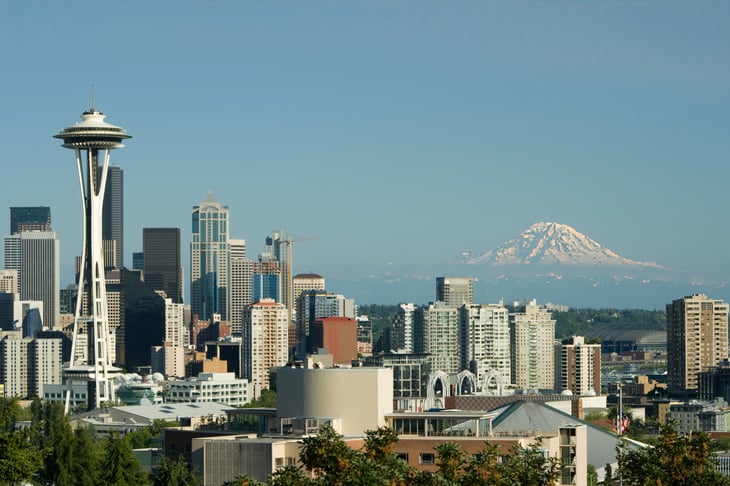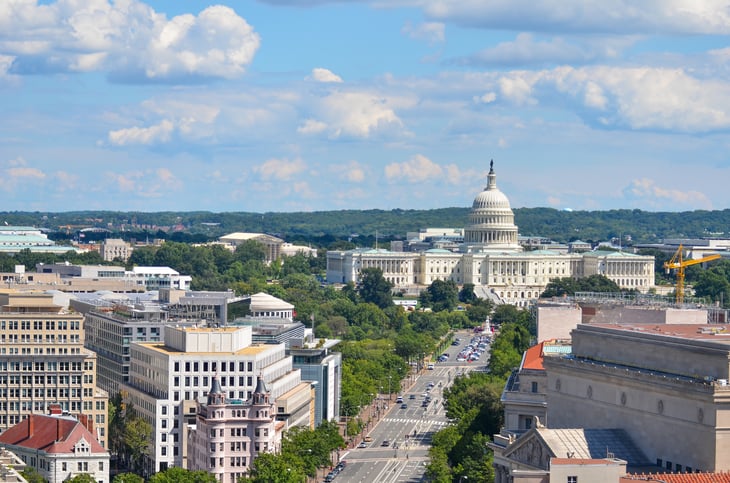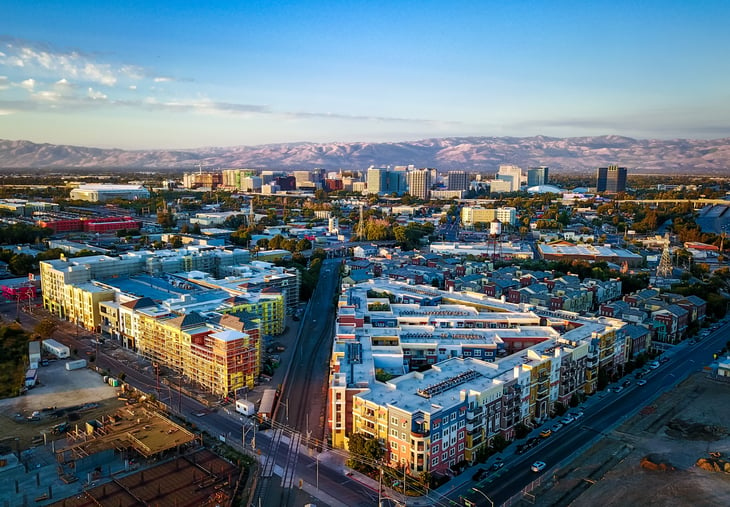
Editor's Note: This story originally appeared on Stessa.
As the pandemic’s effects on the economy continue to play out, one major concern on the minds of economic observers is inflation. Aggressive government stimulus over the last two years, supply chain breakdowns, and continued uncertainty around the spread of COVID-19 and its effects on certain industries are all potentially contributing to rising prices in the economy.
One positive development along these lines has been wage growth. Job growth has slowed down in recent months, and labor force participation rates are still significantly below pre-pandemic levels. Because the labor supply is limited, employers are raising wages to entice workers to take jobs, which has led to some of the sharpest wage increases in years.
But both housing costs and wages are highly dependent on local conditions in the economy, and certain regions have felt the effects of these trends more strongly than others. On the wage front, the Western U.S. has seen the greatest increase at 4.1%, outpacing the rate of growth for the three other major U.S. Census regions. Residents of states and localities in the West may have an easier time keeping up with rising prices for household spending categories.
When it comes to rents, it’s the areas that have been most expensive in recent years, like the Bay Area, New York, and Boston, that have seen slower growth in rent prices than other cities. This is likely in part because many workers left these cities in search of more space or lower costs during the pandemic, which has helped keep demand in check. Cities that have more recently had lower housing costs, in contrast, have seen dramatic spikes in rental costs with an influx of new residents competing for space. In these areas, the disparities between wage growth and rental price increases are most substantial.
The data used in this analysis is from the U.S. Bureau of Labor Statistics Employment Cost Trends survey and Zillow’s Zillow Observed Rent Index. To identify the metropolitan areas where wages are growing faster than rents, our team of researchers calculated the percentage point difference between the year-over-year change in wages and the year-over-year change in rent for the period ending Q2 2021. In the event of a tie, the metro with the larger increase in wages was ranked higher. Only the 15 major U.S. metropolitan areas covered in the BLS survey were included in the analysis.
The following are the metros where wages are growing faster than rents.
7. Seattle, WA

- Percentage point difference between wage and rent growth: +0.8
- Year-over-year change in wages: +2.4%
- Year-over-year change in rent: +1.6%
- Median rent (2021): $1,981
6. Chicago, IL

- Percentage point difference between wage and rent growth: +2.1
- Year-over-year change in wages: +3.0%
- Year-over-year change in rent: +0.9%
- Median rent (2021): $1,673
5. Los Angeles, CA

- Percentage point difference between wage and rent growth: +2.1
- Year-over-year change in wages: +5.4%
- Year-over-year change in rent: +3.3%
- Median rent (2021): $2,443
4. Washington, D.C.

- Percentage point difference between wage and rent growth: +3.8
- Year-over-year change in wages: +4.3%
- Year-over-year change in rent: +0.5%
- Median rent (2021): $1,996
3. Boston, MA

- Percentage point difference between wage and rent growth: +4.1
- Year-over-year change in wages: +3.6%
- Year-over-year change in rent: -0.5%
- Median rent (2021): $2,442
2. New York, NY

- Percentage point difference between wage and rent growth: +5.1
- Year-over-year change in wages: +2.3%
- Year-over-year change in rent: -2.8%
- Median rent (2021): $2,480
1. San Jose, CA

- Percentage point difference between wage and rent growth: +6.7
- Year-over-year change in wages: +3.4%
- Year-over-year change in rent: -3.3%
- Median rent (2021): $2,853
Methodology & Detailed Findings

The data used in this analysis is from the U.S. Bureau of Labor Statistics Employment Cost Trends survey and Zillow’s Zillow Observed Rent Index. To identify the metropolitan areas where wages are growing faster than rents, researchers calculated the percentage point difference between the year-over-year change in wages and the year-over-year change in rent for the period ending Q2 2021. In the event of a tie, the metro with the larger increase in wages was ranked higher.
The wage data used is for all private industry wage and salary workers, and the rental price data used is for all rentals (seasonally adjusted). Only the 15 major U.S. metropolitan areas covered in the BLS survey were included in the analysis.





Add a Comment
Our Policy: We welcome relevant and respectful comments in order to foster healthy and informative discussions. All other comments may be removed. Comments with links are automatically held for moderation.